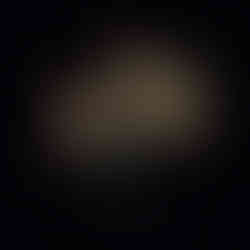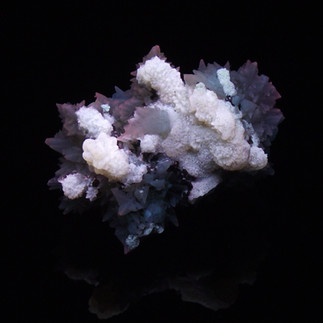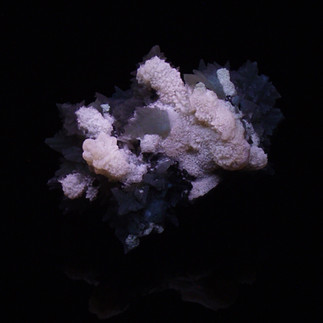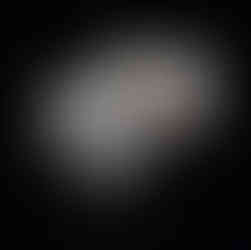Nice small cabinet specimen, consisting of two successive generations of calcite, from the world-renowned Poudrette Quarry in Mont Saint-Hilaire, Québec, Canada.
Under longwave UV, the first-generation calcite shows a rather dim blueish response; but the second generation calcite fluoresces much brighter. This calcite fluoresces cream-white under all UV wavelengths, but it gets a slightly warmer color under midwave, and a slight reddish tint under shortwave. Both generations of calcite show the brightest response under longwave, followed by midwave, then shortwave. The first-generation calcite, in my opinion, is at its best under midwave; not brighter, but more colorful (some red shows up on the crystals' tips). It barely reacts to shortwave.
The second-generation calcite shows a pretty short lived but bright phosphorescence upon exposure to LW. First, it shows the typical red "brief intense phosphorescence" seen so often in calcite from diverse localities; but it's shorter-lived than usual, therefore very hard to photograph. Then, the afterglow becomes cream-white then green as it fades down. All these color changes happen very fast, in about 1-1,5 second; all of them are visible to the naked eye if one is very attentive.
Shown respectively: Longwave UV fluorescence, followed by the red "brief intense phosphorescence" (which looks orange since it blends with the cream-white phosphorescence which finally becomes green), then three successive pictures of the gradually fading phosphorescence, then midwave UV and shortwave UV fluorescence and lastly, the specimen is shown in visible light.
Size: 5,4 cm X 3,8 cm X 4,1 cm

















